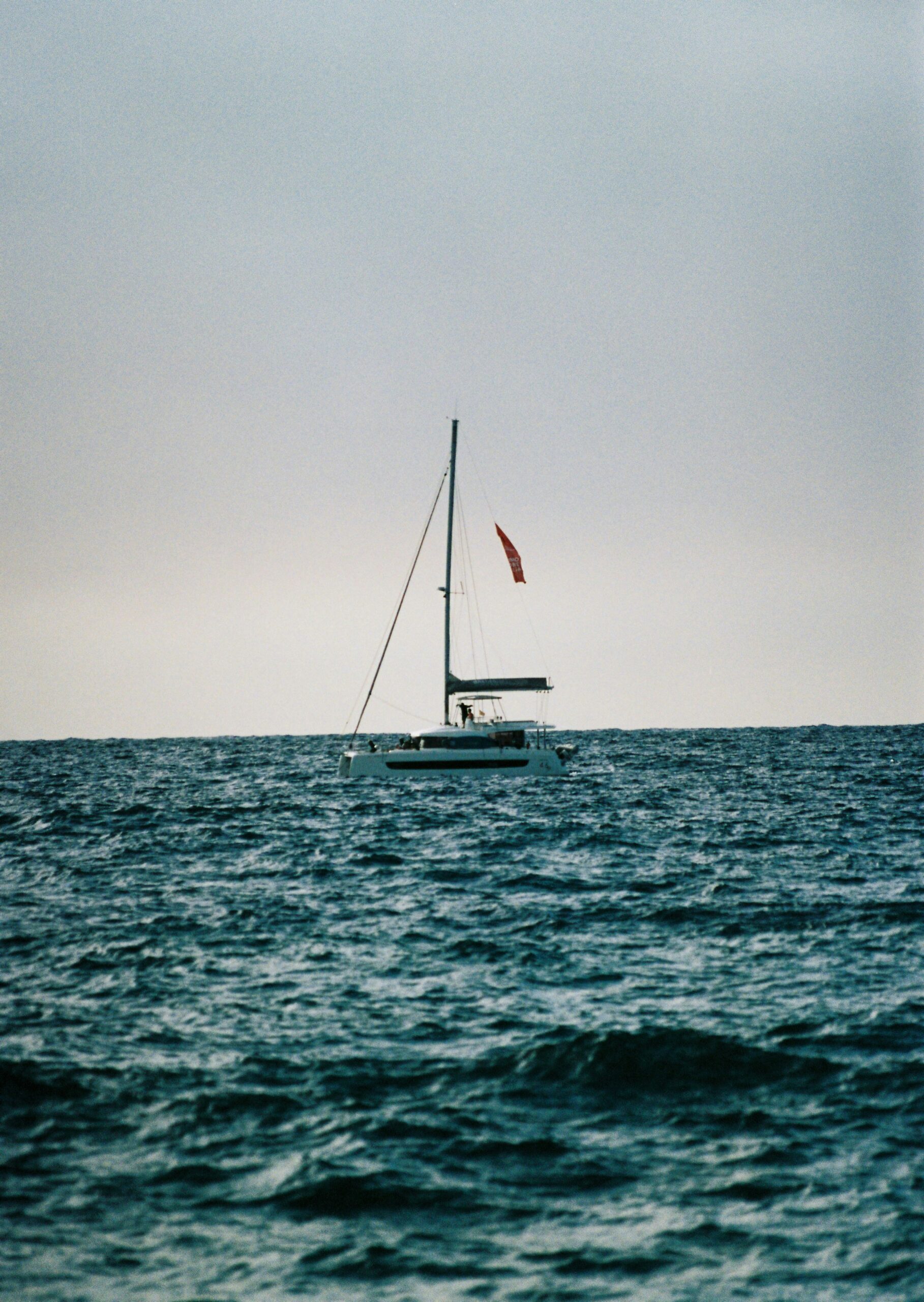
Sailing solo can be one of the most freeing and rewarding experiences, especially when navigating Florida’s vibrant and diverse waters. However, it requires different skills, preparation, and awareness compared to sailing with a crew. Florida’s waters are known for their beautiful coastlines, unpredictable weather, and rich marine life. Whether you’re cruising along the Gulf Coast, venturing through the Florida Keys, or navigating the Atlantic Ocean, solo sailing requires a combination of confidence, knowledge, and careful planning. Here are some tips to help you sail safely and confidently on Florida’s waters.
Know the Weather and Tides
Florida’s weather can change rapidly, which is crucial for a solo sailor. The state’s coastal areas experience quick wind, rain, and temperature shifts. In addition, the tides in Florida play a vital role in navigation. You should familiarize yourself with local weather patterns and always check weather forecasts before setting out. Tropical storms often affect Florida’s waters, particularly during hurricane season, which runs from June to November. Be aware of any storm warnings and be prepared to take immediate action if the weather turns.
Tides can also significantly affect your sailing route and safety. For example, low tides might prevent you from accessing specific inlets or shallow areas, while high tides could bring the potential for strong currents. In Florida, the tide shifts can be significant, especially along the Gulf Coast and the Intracoastal Waterway. Use tide charts and understand how the tides will affect your planned route. If possible, plan your journey around the tides to ensure you are sailing during optimal conditions, avoiding potential hazards such as sandbars or hidden rocks.
Navigating Florida’s waters, especially solo, requires a good understanding of the region’s intricate network of channels. Florida has countless inlets, bays, and waterways; many are best navigated through marked channels. Whether sailing through the Everglades, the Keys, or along the Atlantic coastline, you must familiarize yourself with the main navigation channels in your intended route. These channels are often well-marked, but keeping a vigilant eye on your surroundings is essential as they can sometimes shift or become obscured by debris or shifting sandbars.
Safety is Your Top Priority
When sailing solo, safety should always be your primary concern. This is especially true when navigating Florida’s waters, where sudden weather changes and high winds can create hazardous conditions. Before embarking on your solo journey, ensure your boat is equipped with essential safety equipment, such as life jackets, flares, and a functioning VHF radio. Additionally, ensure you know how to use this equipment in an emergency. Always wear your life jacket while on the water, and never rely solely on a tether or harness.
Safety also means having a solid plan for emergencies. Before setting out, let someone know your route and estimated return time. This is especially important if you plan a longer sail, such as a trip through the Florida Keys or along the Gulf Coast. This information could be critical for search and rescue teams in an emergency. It’s also good to familiarize yourself with emergency procedures, such as handling a man-overboard situation or what to do if your boat capsizes. Having these procedures in place, even when sailing solo, will give you the confidence to handle any unexpected situations that may arise.
Master Your Boat and Skills
One of the most critical aspects of solo sailing in Florida is mastering your vessel and sailing skills. This includes understanding how to handle the boat under various conditions and managing the ship single-handedly. Practicing maneuvers like tacking, jibing, and reefing the sails in calm conditions before you encounter rough weather is vital. Mastering these basic sailing techniques will make your solo sailing experience much more manageable when the weather or tides change unexpectedly.
In addition to mastering sailing techniques, it’s essential to be familiar with the systems and equipment on your boat. Check your engine, sails, rigging, and all electronics before each trip. Understanding everything will help you identify and fix any issues before they become serious problems. Solo sailors must be self-reliant, so knowing how to troubleshoot minor issues, like a faulty sail or engine failure, can prevent a situation from escalating. It’s also wise to practice sailing in different conditions, whether calm or rough, so you feel confident and prepared when venturing into Florida’s more unpredictable waters.
Keep Learning and Stay Connected
Solo sailing in Florida is a constantly evolving experience. The more you sail, the more you’ll learn about the waters and yourself. To stay sharp, consider joining local sailing clubs or attending workshops that can help you improve your skills. These communities are great for exchanging tips and learning from other sailors who have navigated Florida’s waters. Connecting with other sailors can also provide an invaluable support network, even if you’re sailing solo. Sharing experiences and gaining new insights from others will continue to enhance your solo sailing adventures in Florida.
Solo sailing requires independence, preparation, and a commitment to safety and learning. By mastering your sailing skills, understanding the unique challenges of Florida’s waters, and staying connected to the broader sailing community, you’ll enjoy the thrill of solo sailing with confidence and safety.